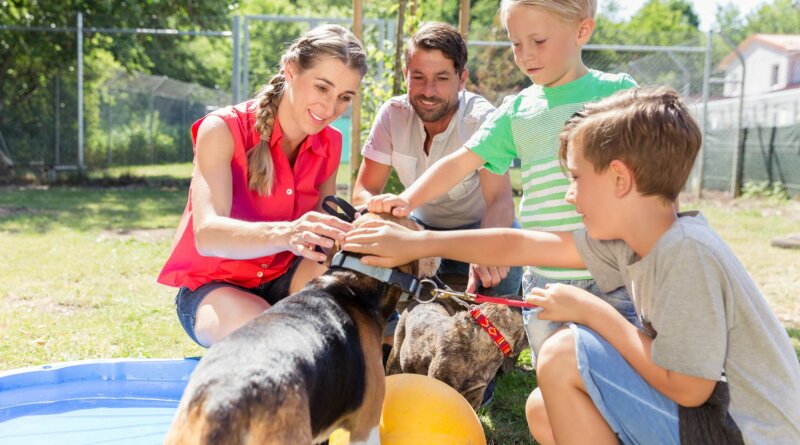Disregard the 3-3-3 Rule – Whole Dog Journal
[ad_1]

Have you heard about the 3-3-3 decompression rule? We’ve seen memes about it everywhere on social media. It says your new dog will likely feel overwhelmed for the first three days, will settle in and feel more comfortable in your home by the end of three weeks, and after three months will be feeling secure in her new home. By this time, according to the adage, you and your dog will have developed a secure loving bond and trusting relationship.
This sounds lovely – but there is a huge problem with it. It’s a formula, and dogs are living, thinking, sentient individuals who don’t follow formulas.
Certainly there is wisdom in the advice to give your dog time to settle in. He needs time to recover from the stress of life in a shelter kennel or foster home – and then adoption and rehoming! There is no doubt that most dogs will go through an adjustment period when they come to live with you. It’s important to know this before you adopt a dog; your new canine family member may ultimately act very differently than when you first met her.
Phases of a rehomed dog’s decompression
Rather than set expectations for specific time frames, let’s discuss how to help your new dog cope during three big adjustment phases:
- The Shellshock Phase. When you first bring her home, your dog may be overwhelmed. She may shut down, refuse to eat or drink, soil her crate, vocalize, try to escape, and/or otherwise behave inappropriately. And it may take her much longer than three days to get through this phase! Try to let go of any forecasts you’ve heard for how long it will take for her to decompress and de-stress.
Do everything you can to minimize her stress: Give her space; don’t overwhelm her with attention; remove anything that is obviously fear-causing; be calm, quiet, and gentle with her; and do everything slowly – for as long as it takes. (Note that some dogs skip this phase altogether and walk in your door and start behaving as if they have lived with you their whole lives; that’s the best! – but not that common.)
- The Settle-In Phase. Your dog has worked through her initial stress and is settling in, getting used to the routine and opening up more. If she was shut down in the first phase, you’ll likely see new behaviors now – the “real” dog! Some of these behaviors may be undesirable ones, so you might have to increase your management. On the plus side, now that she’s more comfortable, you can interact with her more and begin your force-free training program.
- The Rest-Of-Her-Life Phase. Your dog has settled into her new life, and the two of you truly have that secure, loving bond and trusting relationship. It may have taken three months – or three years! In any case, enjoy the rest of your lives together.
[ad_2]
Source link




